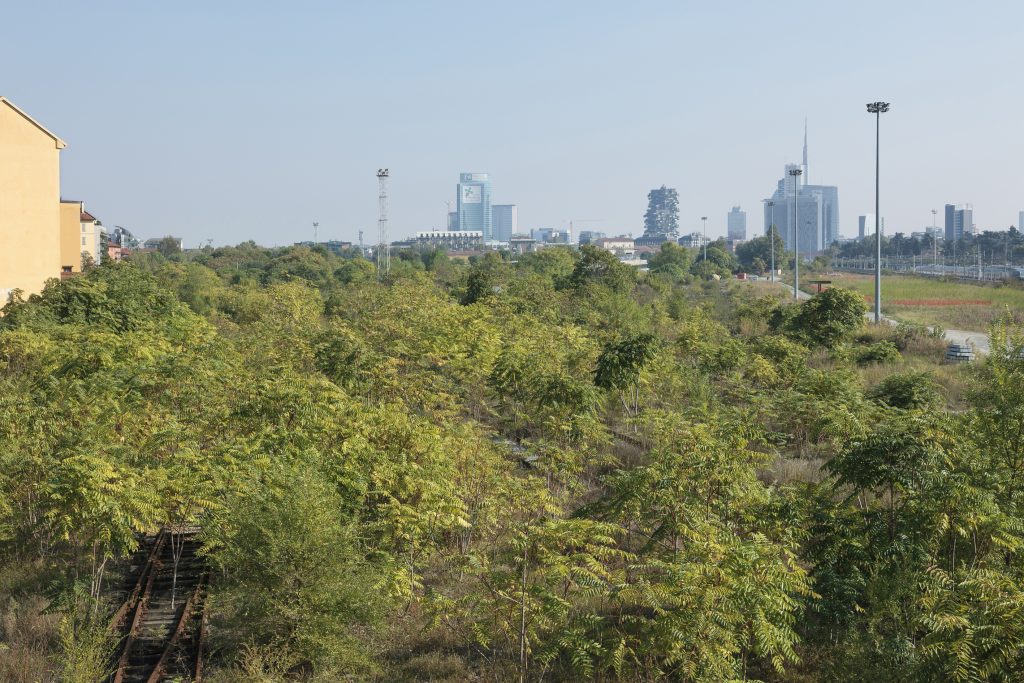Oliver Thill (Karl-Marx-Stadt – East Germany, 1971) studied at the TU Dresden in Germany.
He is a founding partner of the Rotterdam based firm Atelier Kempe Thill, which he directs together with André Kempe since 2000. The office has currently about 25 employees and is working on a variety of public building projects in the Netherlands, France, Germany, Belgium, Austria, Switzerland and Morocco. The office has received several international awards among the Bauwelt Prize (2003), Detail Award (2005+2009), Rotterdam – Maaskant Prize (2005), AM-NAi Award, NL (2010), the Dutch Architect of the year award, NL (2011) and the Ugo Rivolta Award (2013). In 2012 the German publisher HatjeCantz published the first monograph about the work of the office. In 2017 HatjeCantz published the book “Atelier Kempe Thill – Villa Urbaine”.
Oliver Thill has been engaged as studio master at the Delft University of Technology, the Academie van Bouwkunst in both Arnhem and Rotterdam and the Berlage Institute
Rotterdam and Delft. He has been an invited professor at the EPF Lausanne and the PBSA Düsseldorf. Currently he teaches together with André Kempe as a professor at the TU Berlin.
Oliver Thill has given more than 100 public lectures worldwide. He was a board member
of the Jaap Bakema Foundation Rotterdam en writes on a regular basis for the European architecture magazine “San Rocco”. Currently he is member of the advisory board of the Academie van Bouwkunst Rotterdam.

